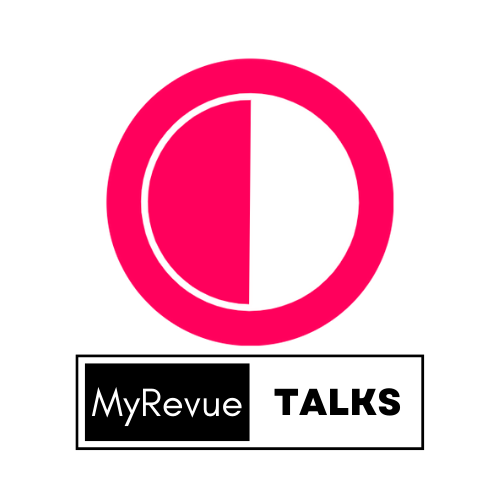UGC and its influence on brand customer onboarding processes
UGC influences brand customer onboarding processes by providing social proof, valuable resources, customer support, and success.

Written by Shivangi
Updated on 14/07/2023
<p class="MsoNormal">User-generated content (UGC) can have a positive influence
on brand customer onboarding processes. Here's how UGC influences these
processes:<o:p></o:p></p><p class="MsoNormal"><br></p>
<p class="MsoNormal">UGC-Based Social Proof: </p><p class="MsoNormal">a. Validation of Brand Offering: UGC
serves as social proof that validates the brand's offerings and benefits. By
incorporating UGC into customer onboarding processes, brands can showcase
UGC-based content such as customer testimonials, reviews, or success stories.
UGC-based social proof instills confidence in new customers, reinforcing their
decision to onboard with the brand.<o:p></o:p></p><p class="MsoNormal"><br></p>
<p class="MsoNormal">b. Trust Building: UGC-based social proof helps build trust
during the onboarding process. When new customers see UGC-based content from
existing customers who have had positive experiences, it creates a sense of
trust and reassurance. UGC-based social proof reduces apprehension and enhances
the smooth transition of new customers into the brand's ecosystem.<o:p></o:p></p><p class="MsoNormal"><br></p>
<p class="MsoNormal">UGC-Based Onboarding Resources: </p><p class="MsoNormal">a. UGC-Based Tutorials and
Guides: UGC can serve as valuable resources for customer onboarding. Brands can
curate and provide UGC-based tutorials, how-to guides, or instructional videos
created by existing customers. UGC-based resources provide practical insights,
tips, and real-world examples that help new customers navigate the onboarding
process effectively.<o:p></o:p></p><p class="MsoNormal"><br></p>
<p class="MsoNormal">b. Peer-to-Peer Learning: UGC-based onboarding resources
facilitate peer-to-peer learning among customers. When new customers see UGC
created by their peers, they gain insights from those who have already gone
through the onboarding process. UGC-based peer-to-peer learning fosters a sense
of community and encourages knowledge sharing, making the onboarding experience
more interactive and engaging.<o:p></o:p></p><p class="MsoNormal"><br></p>
<p class="MsoNormal">UGC-Driven Customer Support and Assistance: </p><p class="MsoNormal">a. UGC-Based
FAQs and Troubleshooting: UGC can be leveraged to address common questions and
provide troubleshooting assistance during the onboarding process. By
incorporating UGC-based FAQs and troubleshooting guides, brands can provide
practical solutions based on real customer experiences. UGC-based customer
support and assistance improve the onboarding experience by addressing specific
concerns and challenges.<o:p></o:p></p><p class="MsoNormal"><br></p>
<p class="MsoNormal">b. UGC-Driven Community Support: UGC-based customer
communities can play a role in supporting new customers during onboarding.
Brands can encourage new customers to join UGC-driven communities where they
can ask questions, seek advice, and learn from experienced customers.
UGC-driven community support creates a supportive environment that aids in the
onboarding process.<o:p></o:p></p><p class="MsoNormal"><br></p>
<p class="MsoNormal">UGC-Based Onboarding Success Stories: </p><p class="MsoNormal">a. Showcasing
UGC-Based Experiences: Brands can share UGC-based success stories during the
onboarding process to inspire and motivate new customers. UGC-based success
stories highlight real customer achievements and demonstrate the value and
benefits of the brand's offerings. UGC-based success stories create a positive
and aspirational outlook for new customers, increasing their enthusiasm and
commitment to the onboarding process.<o:p></o:p></p><p class="MsoNormal"><br></p>
<p class="MsoNormal">b. Mentoring and Guidance: UGC-based success stories can
also serve as mentoring and guidance for new customers. When new customers see
UGC-based success stories, they gain insights into the steps, strategies, and
best practices employed by successful customers. UGC-based mentoring and
guidance provide a roadmap for new customers, helping them navigate the
onboarding process more effectively.<o:p></o:p></p><p class="MsoNormal"><br></p>
<p class="MsoNormal">In summary, UGC influences brand customer onboarding
processes by providing social proof, valuable resources, customer support, and
success stories. UGC-based social proof validates the brand's offerings and
builds trust during onboarding. UGC-based resources facilitate learning and
knowledge sharing among customers. UGC-driven customer support provides
assistance and troubleshooting. UGC-based success stories inspire and guide new
customers. By leveraging UGC effectively, brands can enhance the onboarding
experience, increase customer confidence, and facilitate a seamless transition
into their ecosystem.<o:p></o:p></p>
<p class="MsoNormal"><o:p> </o:p></p>
